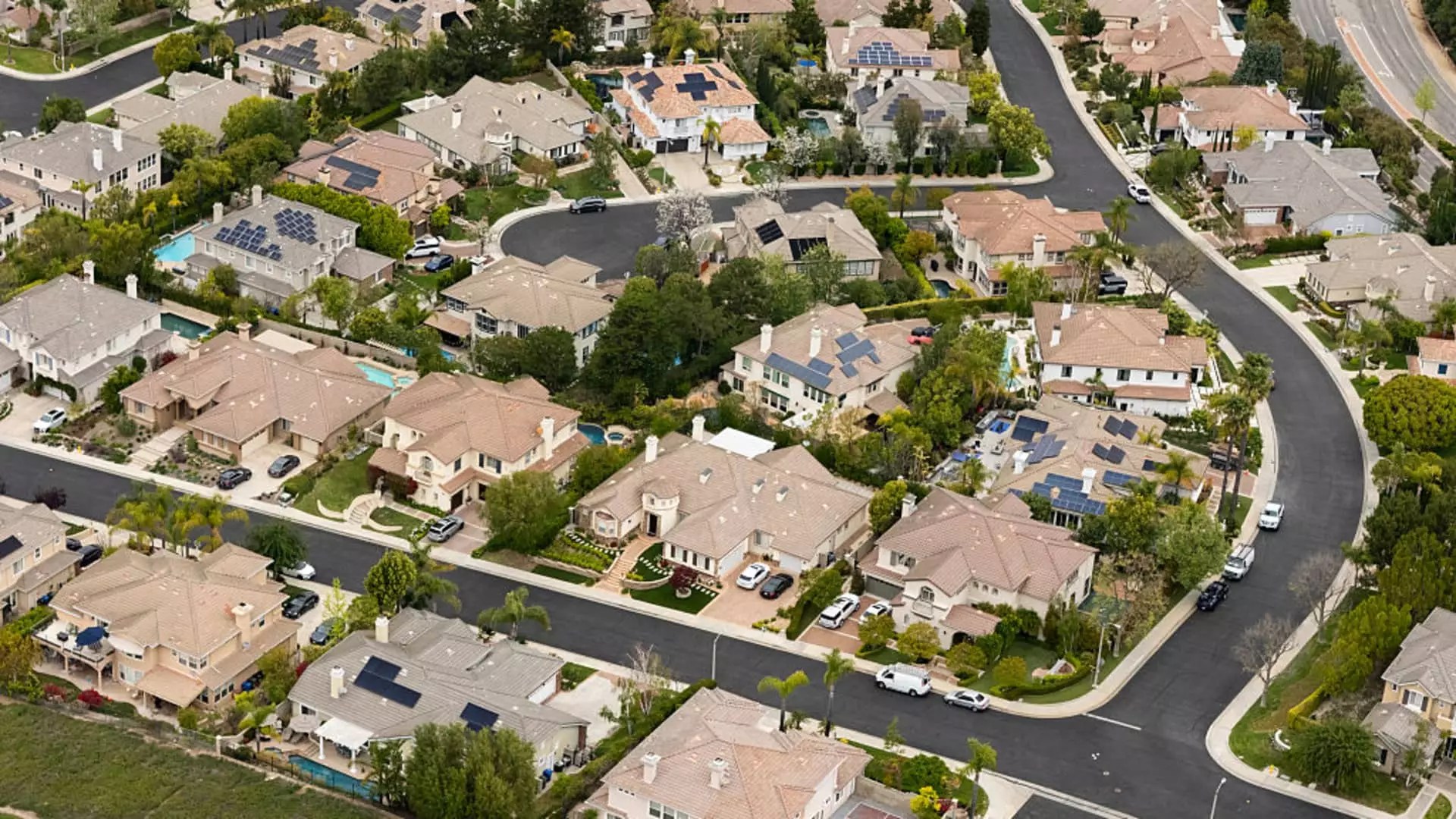The forecast for the second half of the year paints a troubling picture: the housing market, a crucial driver of economic vitality, is expected to restrict growth rather than propel it forward. Goldman Sachs’s analysis predicts an 8% decline in residential investment compared to the same period last year. This sobering projection suggests that economic expansion could be compromised if this downward trend persists. Residential investment often functions as an early indicator of economic health, and its retreat signals underlying vulnerabilities in the broader economy. When housing activity falters, it doesn’t just impact construction; it reverberates through employment, consumer confidence, and financial markets, potentially triggering a feedback loop of stagnation.
Affordability and Immigration: Double-Edged Catalysts
Several intertwined factors contribute to the housing market’s bleak outlook. Foremost among these is the erosion of affordability. Rising home prices, coupled with higher mortgage rates, diminish the ability of middle-class families to enter the housing market. The increased reliance on mortgage buydowns—a tactic where buyers pay extra for lower initial interest rates—underscores a widening affordability gap that strains household budgets. When consumers are forced to pay premiums just to secure manageable mortgage payments, it reflects systemic issues that threaten to slow down the entire economy.
Simultaneously, demographic shifts play a pivotal role. The slowdown in immigration, exacerbated by tighter border enforcement policies under the current administration, stifles household formation. Fewer new households mean less demand for homes, particularly in densely-populated urban centers that traditionally drive growth. This constraint hampers the natural demographic expansion necessary for a robust housing market, creating a structural hurdle that could persist unless policy adjustments are made.
The Political and Policy Landscape: An Obstacle or Opportunity?
The regime’s approach to immigration and housing policy acts as a double-edged sword. On one side, stringent immigration controls aim to secure borders and address societal concerns over illegal crossings. On the other, they inadvertently suppress a vital component of the housing market’s dynamism. Restricting legal and illegal immigration not only impacts labor supply but also curtails the influx of new households—both essential for sustaining housing demand.
Moreover, any signs of a weakening labor market further compound the problem. Rising unemployment or stagnation in wages dampen consumer confidence and reduce household formation rates. This scenario creates a challenging environment where government intervention could either mitigate or exacerbate the decline. Yet, the current policy trajectory seems ill-equipped to support the housing sector’s recovery, risking a prolonged downturn that could slow overall economic progress.
In essence, the intersection of affordability issues, immigration policies, and labor market dynamics paints a picture of a housing sector under siege. For a country that relies heavily on vibrant housing markets to fuel economic growth and strengthen its middle class, the impending slowdown demands not just acknowledgment but decisive reform. Failing to address these underlying issues could entrench economic stagnation, undermining the liberal values of opportunity and prosperity that form the backbone of center-right economic liberalism.


Leave a Reply